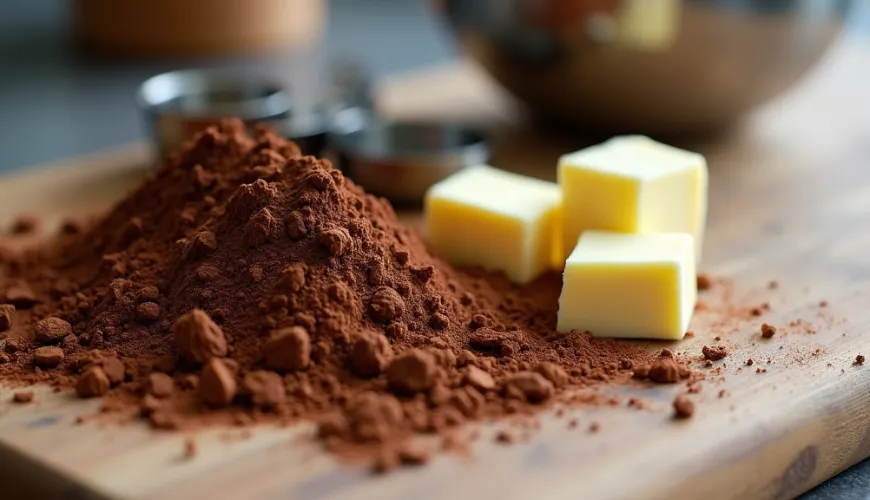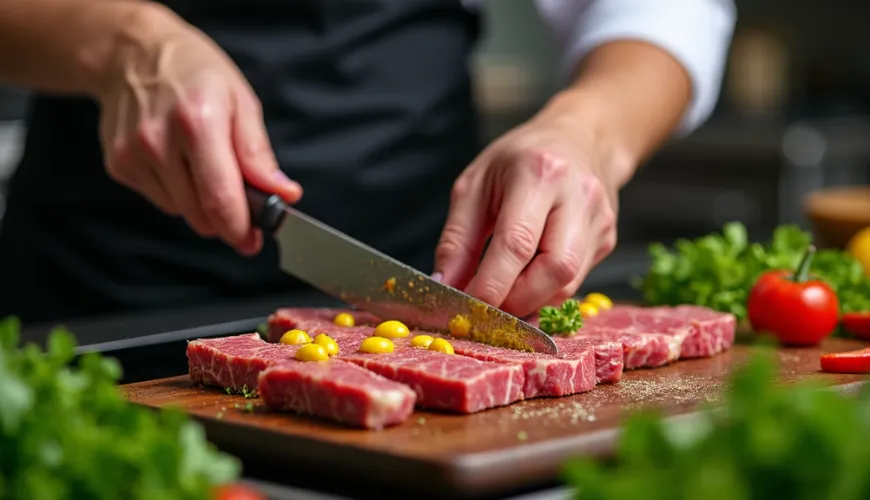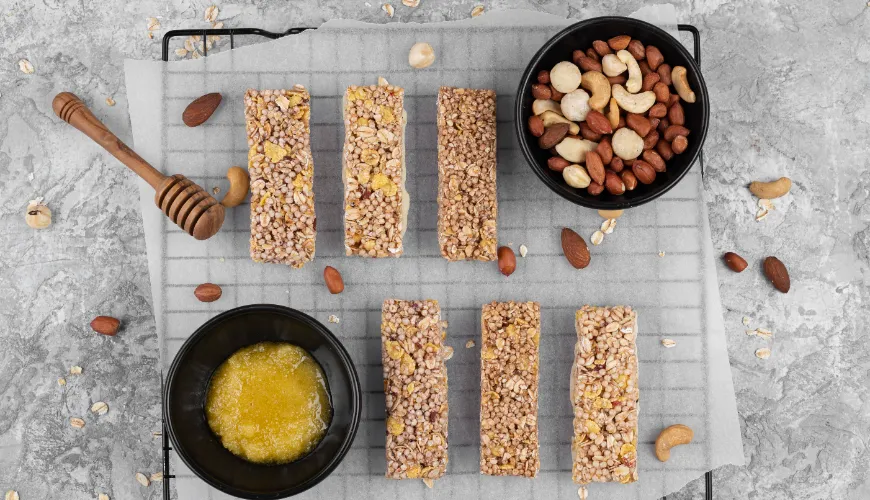
Discover beef slices with mustard and their flavor variations

Traditional Taste with a Modern Twist - Beef with Mustard as a Safe Bet
In Czech cuisine, there are dishes that maintain a constant presence on tables regardless of changing trends. One such treasure is undoubtedly beef with mustard – a dish that combines the strength and depth of beef with the gentle sharpness of mustard. Whether it's beef slices with mustard, braised beef with mustard, juicy beef strips with mustard, or hearty shank with mustard, in all cases it's a dish that carries not only rich flavors but also cultural heritage. This makes it an ideal meal not just for lovers of classics but also for those seeking a path to a more sustainable and healthier lifestyle.
It's Not Just a Recipe, It's an Approach to Cooking
Today’s times favor simplicity, but also emphasize quality. People are more aware than ever about where their food comes from, how it was processed, and the impact of their diet on their health and the planet. In this context, classic braised beef with mustard is regaining popularity. Not only is it a hearty and nutritious dish, but it also offers room for ethical choices – for example, selecting meat from organic farms, local ingredients, or using organic mustard without unnecessary additives.
And why mustard? This inconspicuous miracle is often overlooked in the kitchen, yet it is one of the oldest and most versatile ingredients, capable of adding depth to a dish without the need for complex preparation. It contains antioxidants, anti-inflammatory substances, and its sharper taste supports digestion. Combined with beef, rich in iron, zinc, and proteins, it creates not only a tasty but also a nutritionally valuable meal.
Beef - Which Cut to Choose?
When preparing beef with mustard, it's not just about the seasoning and method, but primarily about the choice of meat. Each cut has its specific properties and is suitable for different types of preparation.
- Beef slices (typically from the rump or shoulder) are ideal for quicker braising if well-tenderized and cut against the grain.
- Beef strips create a finer texture and are great for those who prefer a shorter cooking time.
- Beef shank is a choice for the patient – with its higher collagen content, it breaks down beautifully during slow braising, creating a naturally thickened sauce.
All these variants can be prepared "with mustard," where the method of preparation and the use of mustard decide the final taste of the dish.
How Does a Genuine Mustard Sauce Taste?
The key to success is a good base – onions browned to golden, possibly carrots and celery to flavor the broth. Then comes the time for the meat itself, which is seared and slowly braised, preferably in broth, wine, or even water. Only at the end (or even during cooking) does the mustard come in. And here comes the decisive moment: which type of mustard to choose?
The classic is full-fat mustard, which gives the sauce smoothness and creaminess. Those who prefer more pronounced flavors can opt for whole-grain or Dijon variants. A combination of multiple types, such as one spoon of full-fat and one spoon of Dijon, works great. The result is a sauce with depth that doesn't overpower the taste of the meat but rather highlights it.
The most common side dish is boiled potatoes, but an excellent choice is also mashed potatoes, whole-grain bread, or even boiled buckwheat – especially if we want to give the dish a lighter, healthier touch.
Tradition in a New Coat
It may be surprising, but beef with mustard doesn’t have to be limited to the classic version with sauce. More and more chefs are experimenting with modern approaches – for example, creating beef strips with mustard as a quick stir-fry dinner, complemented by sautéed vegetables and whole-grain rice. Another option is slow-baking beef slices, where the meat is first marinated in a mustard marinade with apple cider vinegar, herbs, and a bit of honey, and then slowly baked in the oven. The result is tender, aromatic, and ideal for more festive occasions.
An interesting inspiration can be French cuisine, specifically the recipe "boeuf à la moutarde," where Dijon mustard is used in combination with cream and white wine. This method is sought after for its delicacy and sophistication.
A Kitchen Story - When Tradition Meets Respect for Ingredients
One family from South Bohemia decided in the fall to switch to local and seasonal eating. They started visiting farmers' markets and buying meat directly from a local farmer. When a colder weekend came, they opted for braised beef shank with mustard. They cooked the meat slowly, with great patience. They used homemade mustard and vegetable broth from their own leftovers. Once the sauce was ready, the aroma filled the entire house, and the children, who usually barely eat meat, couldn't wait. This simple dish became a symbol of family comfort and proof that even classics can be prepared with environmental awareness.
Sustainability Is Also About What's on Our Plate
It may not seem like it at first glance, but even ordinary beef with mustard can be part of a more sustainable lifestyle. The key is a conscious approach: choosing meat from free-range farming, reducing food waste, using leftovers for other dishes (like risotto or sandwiches), and finding a balance between meat and plant-based diets.
From a nutritional standpoint, there's no need to fear beef – if consumed in moderation, it offers numerous health benefits. Choosing quality mustard without chemicals and unnecessary additives further supports the purity of taste and body. As the famous French chef Raymond Blanc says: "When you work with good ingredients, the greatest art is not to ruin them."
So whether you opt for beef slices with mustard, prepare shank like grandma's, or prefer modern strips with mustard and sweet potatoes, there is always a way to combine tradition, taste, and a responsible approach. Because food is not just fuel – it's a story we tell anew every day.

